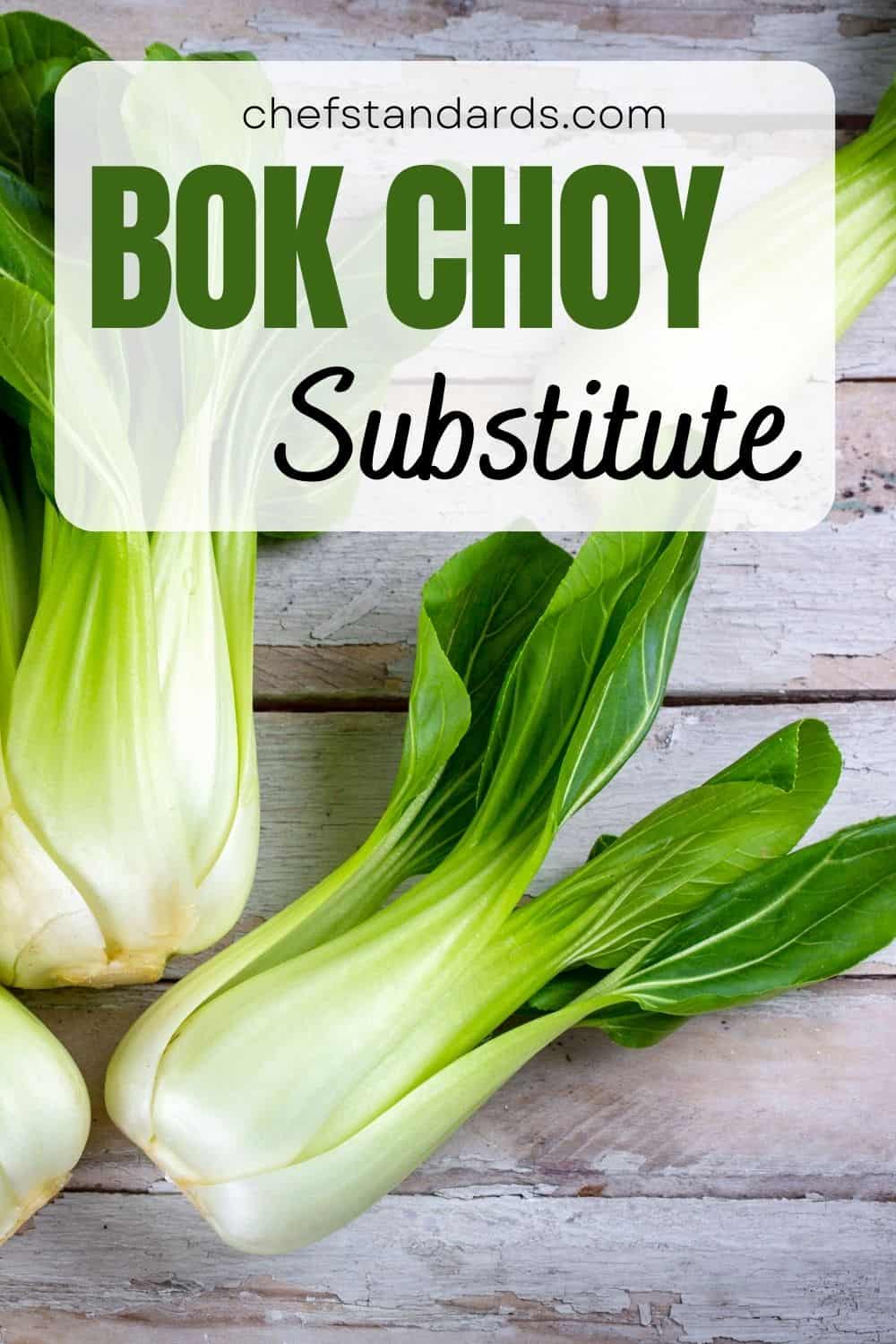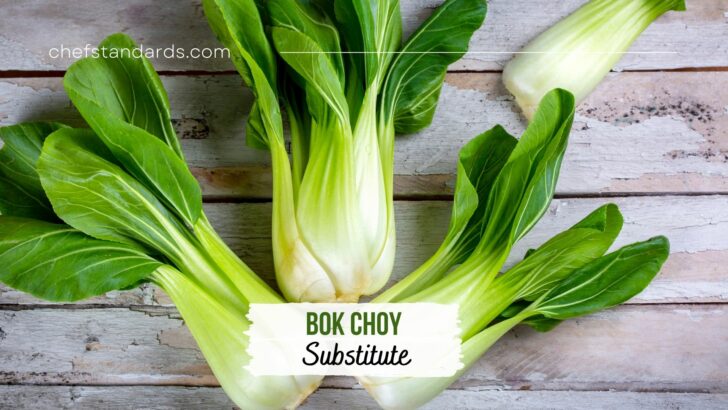Personally, I like to incorporate greens into my daily menu. Aside from the fact that some of them taste delicious, especially if made using the right recipe, they are also health powerhouses.
One of my favorites is definitely cabbage due to its mild, slightly sweet, and earthy taste with a slightly bitter aftertaste.
However, since I am also a fan of Chinese cuisine, I recently tried a Chinese version of cabbage, known as bok choy, and I was really impressed. Not only does it taste good, but it also has a slightly crunchy texture, which gives it additional value.
Unfortunately, it is sometimes difficult to find it here in the US, so it is essential to know what you can use to substitute bok choy.
So here are my 8 recommendations that certainly won’t disappoint.
1. Napa Cabbage

The closest substitution to this food that starts with B is definitely napa cabbage, also known as Chinese cabbage or wong bok. As you can see, it is also a cabbage that comes from China, so it is no surprise that it can serve as a great substitute for bok choy.
Pros:
• The texture is similar to that of bok choy, i.e. leaves are tender and stems are crisp and juicy.
• Like bok choy, napa cabbage also has a very mild flavor.
• It is very nutritious, i.e. it is a good source of fiber, vitamins C and K, and many other nutrients.
• It is also more widely available than bok choy.
Cons:
• Although it is also mild in flavor, napa cabbage has a more delicate taste and may not provide the same depth of flavor that bok choy can bring to a dish.
• Napa cabbage has a different appearance than bok choy, with light green leaves that are more elongated and tightly packed.
How To Use As a Substitute:
You can use napa cabbage in almost any recipe that requires bok choy. You can also use it in the same amount.
One of my favorite ways to use napa cabbage is to incorporate it into a soup. You just have to cut the cabbage into bite-sized pieces and add it to the soup towards the end of the cooking time, as it will cook quickly due to its delicate texture.
Some other types of dishes where you can use napa cabbage as a substitute, include stir-fries and salads.
And you can also use it in place of bok choy leaves as a wrapper for filling ingredients such as rice, vegetables, and meat.
2. Choy Sum

It is another leafy green vegetable that comes from China. Choy sum, also known as Chinese flowering cabbage or Chinese broccoli, belongs to the Brassica family, which also includes broccoli and cabbage. It can be a decent alternative.
Pros:
• Like bok choy, choy sum is a versatile vegetable that can be used in various dishes, including stir-fries, soups, and noodle dishes.
• Choy sum is also highly nutritious, i.e. rich in vitamins A and C, and calcium.
• It is more readily available than bok choy in some areas.
Cons:
• Choy sum has thinner stems and leaves that may wilt more easily when cooked.
• Although there are similarities in flavor, choy sum is far more delicate than bok choy.
How To Use As a Substitute:
As is the case with napa cabbage, you can use the same amount of choy sum when substituting.
You can also use it in similar dishes and one of the best ways to do that is to incorporate it into stir-fries. Just cut the stems and leaves into bite-sized pieces and stir-fry them with other ingredients such as meat, vegetables, and sauces.
However, take note that choy sum will cook quickly due to the tinner leaves, so it’s best to add it towards the end of the cooking time.
Some other dishes where you can incorporate choy sum include soups, salads, and dumplings. And you can also steam or blanch it and serve it as a simple side dish, similar to bok choy.
3. Nan Ling
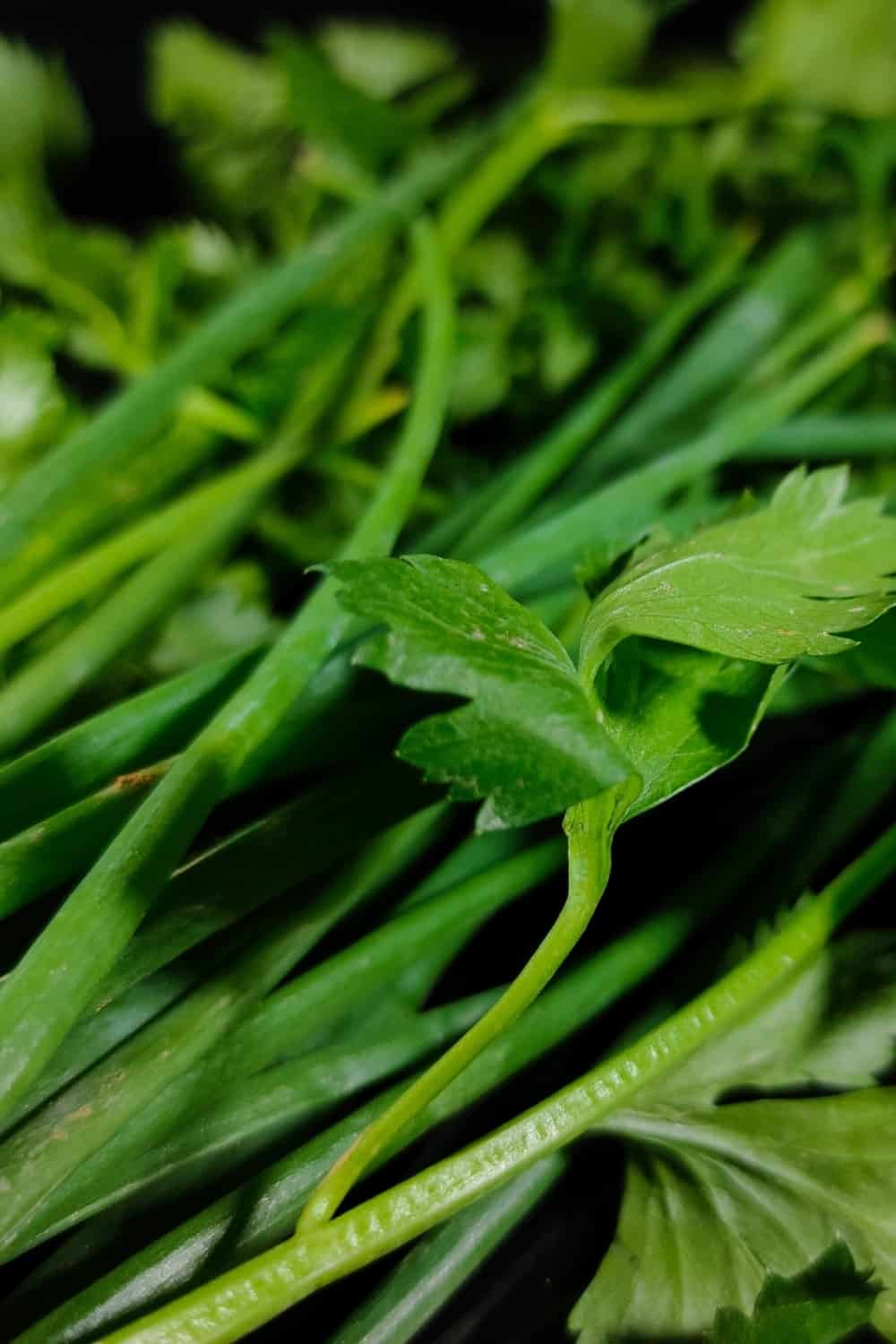
Nan ling is actually a Chinese version of celery. It is also known by various other names, including kuen chai, qin cai, kinchay, kun choy, or kintsai. It is grown in the Nanling Mountains in southern China. Nan ling celery can be a decent substitute.
Pros:
• Like bok choy, nan ling celery has a crunchy texture that can add some crispness to your dishes.
• It has a strong celery aroma and a slightly bitter taste, which can add depth of flavor to your recipes.
• Nan ling is also very nutritious, i.e. it is high in vitamins C and K, as well as potassium.
Cons:
• The flavor is not exactly the same, i.e. it can be more pungent or bitter, and that may not work well in dishes where a milder flavor is desired.
• It is also more fibrous than bok choy, which can affect the texture of dishes.
• Nan ling can overcook faster than bok choy due to its tinner leaves and stalks.
How To Use As a Substitute:
Nan ling can be used in a few dishes that require bok choy, but in my opinion, it is best to add it to your salads.
Since it has thinner stalks and more leaves than regular celery, it is best to cut it into small pieces to mimic the size of bok choy.
You will have a crunchy and flavorful salad by incorporating thinly-sliced pieces of nan ling to it.
I always combine it with other greens and vegetables, such as cucumber and carrots, to create a colorful and healthy salad, and you should too.
Some other recipes, including stir-fries, soups, and stews, can also be a great place for nan ling. However, you should add it towards the end of cooking time because the stalks and leaves are thinner.
4. Spinach
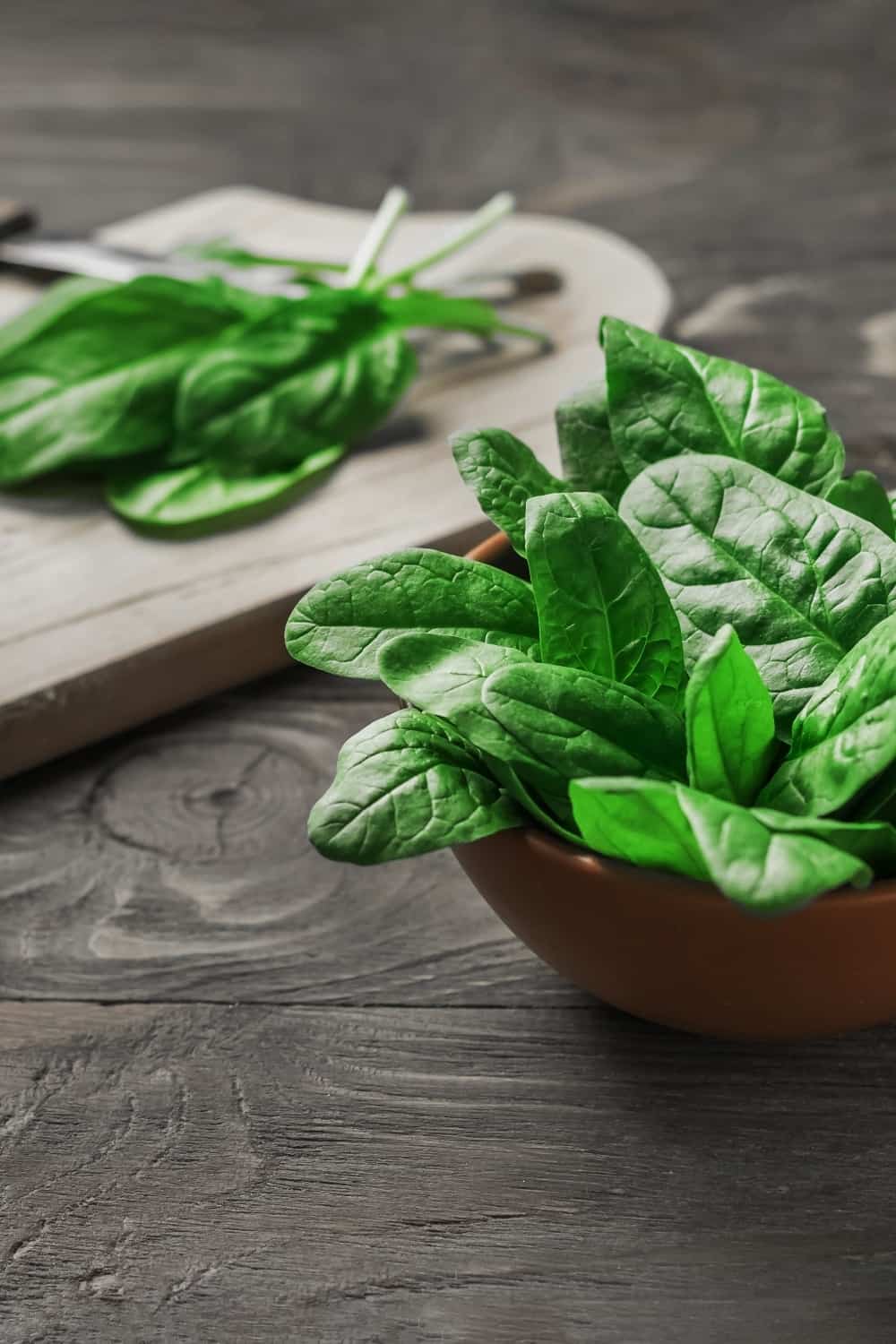
One of the most popular green leafy vegetables, spinach, is known for its versatility and powerful health benefits. But did you know that it can successfully replace bok choy in many recipes as well?
However, you have to learn some things first.
Pros:
• Spinach is a versatile ingredient that can be used in various dishes.
• It is a good source of vitamins and minerals, including vitamin A, vitamin C, iron, and calcium. It is also low in calories and fat, making it a healthier option than some other greens.
• It is widely available in most grocery stores and supermarkets and can be found all year round.
Cons:
• Spinach is milder in flavor than bok choy, so it may not be suitable for some types of dishes.
• It also has a softer texture, so it may not hold up as well in some recipes.
• One interesting downside about spinach is the fact that it contains so-called oxalates, which can interfere with the absorption of calcium and lead to the formation of kidney stones in some individuals.
How To Use As a Substitute:
Before you decide to use it in your dish, it is important to choose the best type of spinach. So, when buying it, look for leaves that are green in color and free from wilting and brown spots.
Wash it properly before cooking by removing any dirt or sand. It is crucial to pay attention to the cooking time since spinach cooks faster than bok choy.
Because of that, it is best to add it towards the end of the cooking time. Another piece of advice is to use baby spinach if you have any. This is because the leaves are more tender, something similar to bok choy.
You can use spinach in various types of dishes, including soups, stews, and casseroles. It is also a popular ingredient in juices and smoothies, and you can add it to salads as well.
5. Mustard Greens

Mustard greens are leafy vegetables that are part of the Brassicaceae family, which also includes other cruciferous vegetables like broccoli, cauliflower, and cabbage. They are not a perfect bok choy substitute, but they definitely have something to offer.
Pros:
• Mustard greens are quite nutritious as they are a good source of vitamins A, C, and K, as well as folate and fiber.
• They can provide your dish with interesting flavors since they have a distinct, pungent, and slightly bitter taste.
• Mustard greens are also very versatile and can be used in a variety of dishes, including salads, soups, stews, stir-fries, and braises.
Cons:
• Mustard greens have a stronger flavor than bok choy, which can easily overpower other ingredients.
• Mustard greens are tougher and more fibrous than bok choy, especially if they are not cooked properly.
• They are not as readily available as some other greens like spinach and kale.
How To Use As a Substitute:
When using mustard greens as a substitute for bok choy in your recipe, you can use both the leaves and the stalks.
The great thing is that, when you cook them, they will lose that strong flavor and become milder, something similar to bok choy.
You can freely use spinach instead of bok choy in stir-fries, soups, and sauteed dishes. Unlike previous substitutes on the list, you don’t need to add them towards the end of the cooking time because they cook a little bit longer.
Finally, although the taste won’t be the same, you can also use mustard greens in salads instead of bok choy, especially if you are a fan of stronger flavors.
And just one more thing. Make sure not to confuse collard greens with turnip greens as they have a very similar appearance.
6. White Cabbage
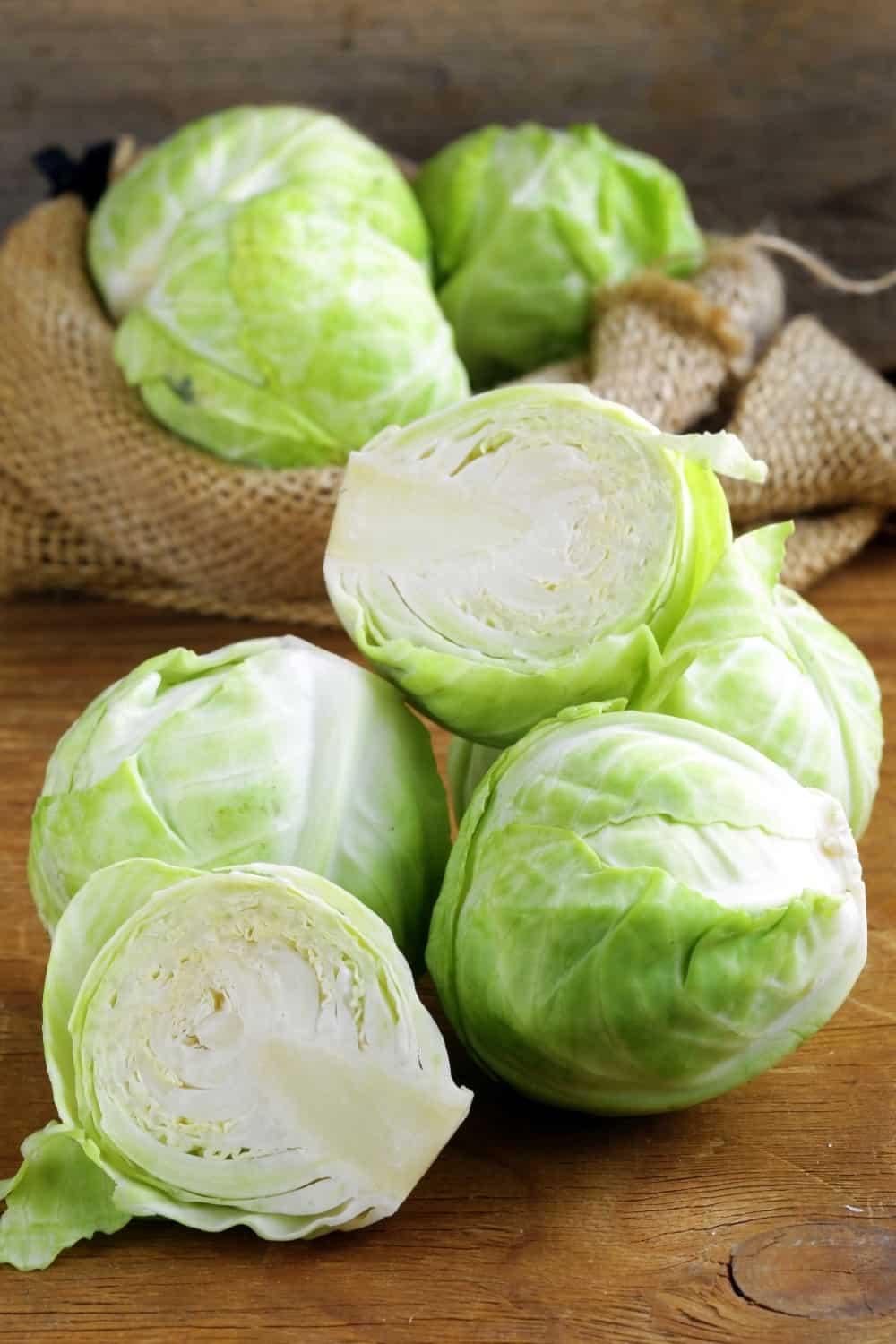
Also known as green cabbage or Dutch cabbage, white cabbage shares many similarities with bok choy because, well, bok choy is also a cabbage. Because of that, it can be a great alternative.
Pros:
• Just like bok choy, white cabbage has a mild, slightly sweet flavor.
• It also has a crunchy texture that is similar to that of bok choy, which makes it a good substitute in stir-fries and other dishes that call for a crisp vegetable.
• You can find white cabbage in almost any grocery store and supermarket, which is not the case with bok choy.
Cons:
• Although the taste and texture are very similar, they are not exactly the same and that this may be a problem in certain dishes.
• White cabbage is not as nutrient-dense as bok choy. For example, bok choy is higher in vitamin A, calcium, and iron than white cabbage.
How To Use As a Substitute:
Since there are so many similarities between bok choy and white cabbage, it can be used in almost the same way in recipes, and you can use it in the same amount as well.
It is an especially good alternative to stir-fries since it can provide them with a similar crunchiness and mild flavor.
You can also use it in soups and salads. White cabbage leaves can be used as a substitute for bok choy leaves in wraps and rolls as well.
Finally, one of my favorite ways to use it is to make sauerkraut. If you too find this idea appealing, all you have to do is to shred the cabbage and pack it tightly into a jar, adding salt and water.
Allow the mixture to ferment for several days until it turns sour and bubbly, then enjoy as a tangy and nutritious side dish.
7. Swiss Chard
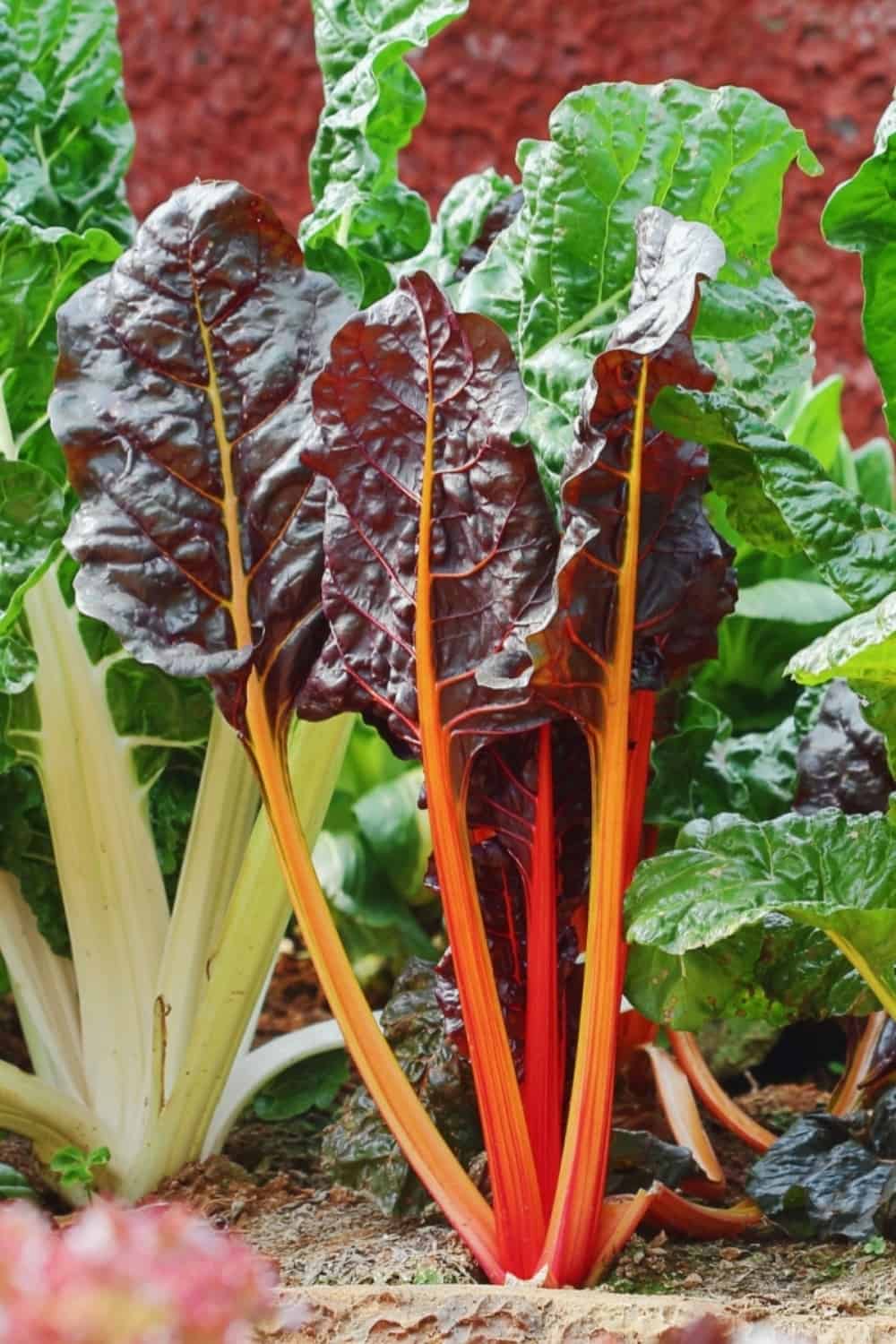
Commonly used in Mediterranean cuisine, Swiss chard is a leafy green vegetable that belongs to the so-called beet family and is closely related to beets and spinach. It shares some major similarities with bok choy, so it can definitely be used as an alternative.
Pros:
• Like bok choy, Swiss chard also has a mild, slightly sweet flavor suitable for most types of dishes that require bok choy.
• The texture of Swiss chard is also crunchy, which is a great thing if you are making stir-fries.
• Swiss chard is quite versatile, i.e. it can be used in many dishes, both raw and cooked.
Cons:
• Swiss chard is a little more bitter than bok choy and, while that can be a plus for some dishes, it may not be as desirable in others.
• Swiss chard may not be as widely available as bok choy in certain regions or at certain times of the year.
How To Use As a Substitute:
You can use Swiss chard both raw and cooked, which makes it versatile enough to use in salads, stir-fries, soups, and stews.
However, the most important thing to know when cooking Swiss chard is to know how to cook it.
Namely, when cooking it, you should first add the leaves as they take longer to cook than the stems.
You can add stems later for a delicious mix of textures. The good thing about using Swiss chards as a substitute for bok choy in cooking is the fact that it gets milder.
You should take note that, if you are planning to use it raw in a salad, you will experience some extra bitterness. Some people like that, some don’t, but it is up to you to decide.
8. Leeks
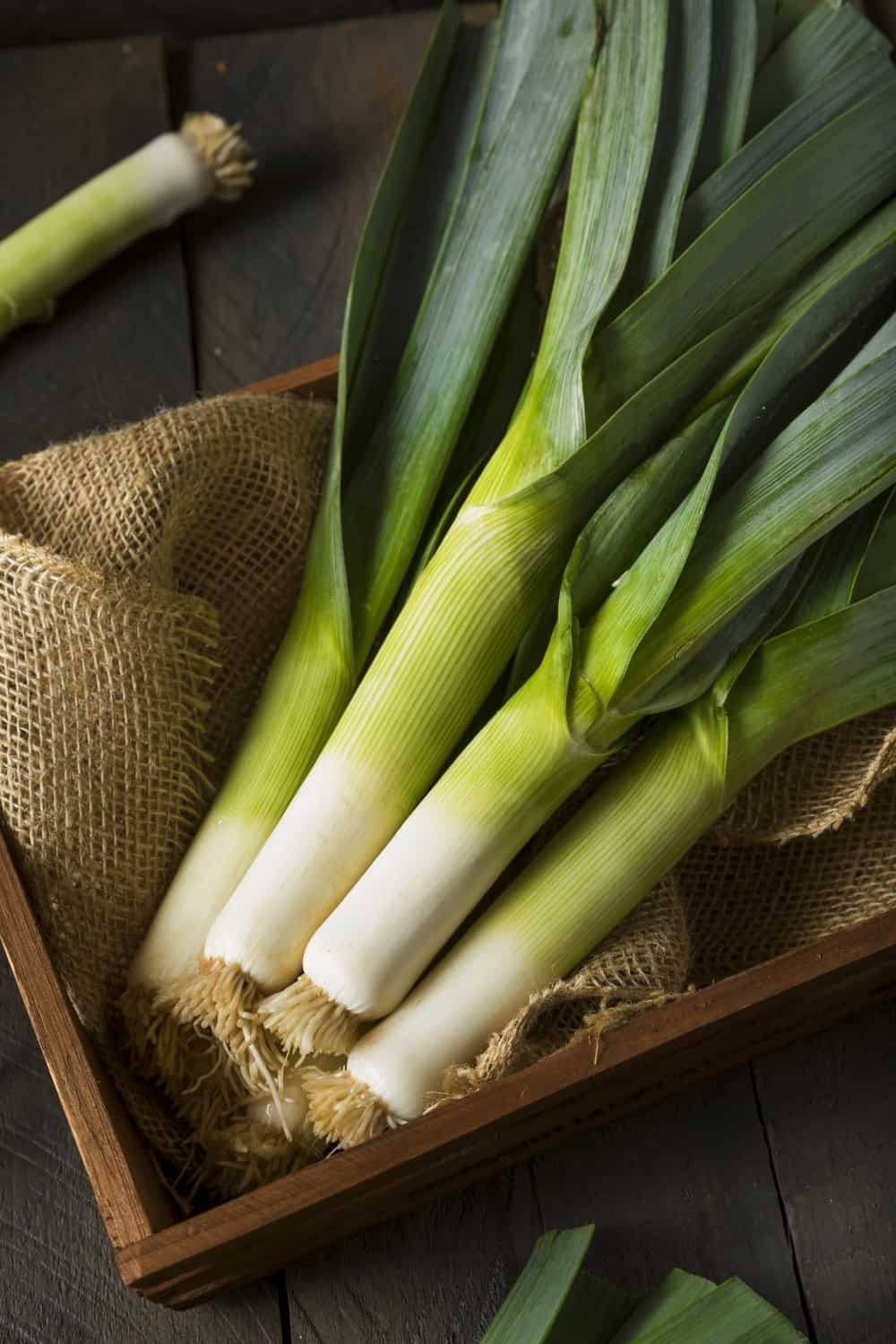
Leeks are a type of vegetable that belongs to the same family as onions, garlic, and shallots. They are used in many dishes to add some extra flavor, and they can also be useful when you don’t have any bok choy for your recipes.
Pros:
• Leeks have a similar texture to bok choy when cooked, which makes them a good substitute in some dishes.
• Like bok choy, they are also quite mild.
• Leeks are a good source of vitamins and minerals, including vitamin C, vitamin K, and folate, as well as dietary fiber.
Cons:
• They have a different taste since, besides their mild, sweet flavor, they also possess onion-like components in the overall flavor profile.
• The cooking time is different, i.e. leeks can take longer to cook than bok choy.
How To Use As a Substitute:
In my opinion, it is best to use leeks in stir-fries because they tend to have a similar texture to bok choy once cooked.
If you decide to do that, simply cut the leeks into thin slices and sauté them in a little oil until they are tender.
Add other stir-fry ingredients such as meat, vegetables, and sauces to the pan and cook until everything is hot and well combined.
Aside from stir-fries, you can also use them in soups, salads, and quiches. In quiches, leeks can add a sweet, onion-like flavor, giving it a nice twist.
See Also: 10 Substitutes For Leeks That Will Win Your Cooking Game
